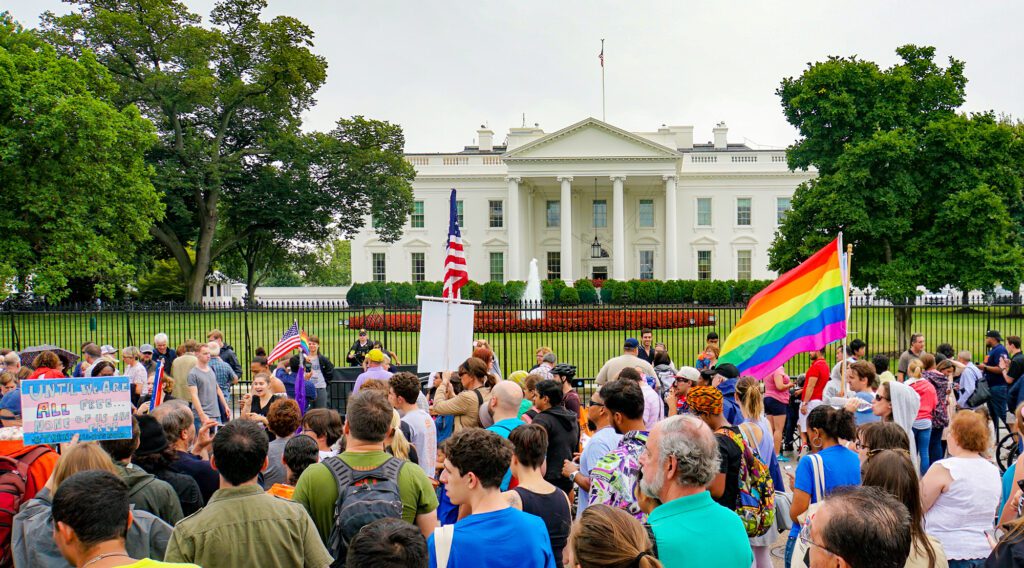Introduction
In the turbulent currents of modern discourse, allegations surrounding anti-American sentiments in public schools have become a hotbed for nationwide debates. This article embarks on a journey through the labyrinthine intricacies of these claims, aiming not merely to scratch the surface but to plunge into the profound depths that underline the issue. It underscores the imperative need to address such concerns, emphasizing the nuanced nature of the topic at hand.
Understanding Allegations
To grapple with the gravity of the situation, one must undertake the arduous task of categorizing and dissecting the myriad claims that echo through the educational corridors. Unraveling the historical tapestry woven around these allegations becomes paramount, as it provides the necessary context to decipher the complex landscape of perceived anti-American sentiments.
The Role of Education in Shaping Perspectives
Venturing into the profound impact that the school environment exerts on molding the beliefs of students, this section delves into the delicate tightrope walk of balancing diverse viewpoints. The challenge laid bare is to maintain this equilibrium without jeopardizing the rich tapestry of the educational experience.
see also: RAY BANS SMART GLASSES REVIEW | TOP TECH EYEWEAR UNVEILED
Analyzing Curriculum Content
A meticulous dissection of textbooks and educational materials becomes an intellectual scalpel, essential for identifying potential biases and ensuring an unblemished representation of American history and values. The article advocates for an introspective scrutiny that goes beyond the superficial layers of educational content.
Teacher Influence on Students
In the intricate dance between educators and learners, this segment addresses the swirling concerns about ideological influence. It explores the delicate art of educators maintaining objectivity in their teachings, threading the needle between guidance and the autonomy of thought.
Community Perceptions
The heartbeat of broader perspectives lies in the palpable pulse of community feedback. Within this sphere, the section also unravels the intricate threads that connect parents to the opinions their children form, weaving a narrative of parental influence.
Political and Cultural Factors
Embarking on an expedition into the hinterlands of political and cultural influences on education, this segment accentuates the importance of cultural sensitivity in the pedagogical landscape. It paints a portrait of education as a cultural tapestry, woven from diverse threads.
Case Studies
In a gallery of narratives, this section highlights specific incidents or controversies, offering a mosaic of insights and lessons drawn from past occurrences. The varied brushstrokes of case studies add layers to the canvas of understanding.
Media Influence on Perceptions
Navigating the labyrinth of media influence, this section scrutinizes the role of media in shaping public opinion. It exposes the challenges of misinformation, unraveling the impact on the perception of anti-American sentiments within the hallowed halls of learning.
Addressing Allegations: School Policies
This section embarks on an exploration of the implementation of transparent policies by school administrations. It advocates for a proactive stance in addressing and mitigating allegations of anti-American sentiments, emphasizing the need for clarity.
Student Experiences and Perspectives
In a symphony of voices, interviews with students provide a firsthand look at their varied experiences and perspectives. The chorus of student voices contributes to a diverse range of viewpoints, enriching the narrative.
The Importance of Open Dialogue
The heartbeat of understanding resonates in the chambers of open discussions. Encouraging these conversations in classrooms becomes a crucial instrument for fostering comprehension among students with differing opinions, creating an environment conducive to learning.
Ensuring Academic Freedom
Balancing on the tightrope of diverse perspectives, this section delves into the necessity of maintaining academic freedom. It highlights the delicate dance between embracing varied viewpoints and preserving the sanctity of critical thinking in education.
see also: NEW CHRISTMAS FOOTBALL GAMES HISTORY
Moving Forward: Recommendations
In the tapestry of conclusion, this article weaves a fabric of recommendations for policy changes and improvements. These suggestions aim at fortifying education and sowing the seeds of unity among students, echoing a clarion call for progress.
Conclusion
In the final strokes of this literary canvas, the article underscores the complexity of allegations regarding anti-American sentiments in public schools. It weaves together the threads of open dialogue, policy recommendations, and the imperative need for a balanced, unbiased educational environment. The ink dries on a plea for continued discourse, recognizing that understanding is an ever-evolving tapestry.
FAQs
1. Specific Instances of Anti-American Sentiments:
The article incorporates case studies to provide context and insights into specific incidents.
2. Parental Influence:
Explored in the “Community Perceptions” section, it delves into how parents can shape their children’s perspectives.
3. School Policies:
The “Addressing Allegations” section provides insights into implementing transparent policies to address and mitigate claims.
4. Historical and Contemporary Factors:
Yes, the article navigates both historical context and contemporary influences on perceptions.
5. Fostering Unity:
The “Moving Forward: Recommendations” section suggests policy changes aimed at fostering unity among students with diverse viewpoints.





